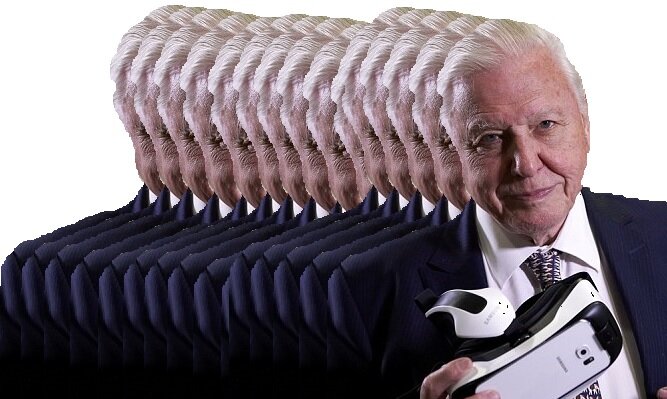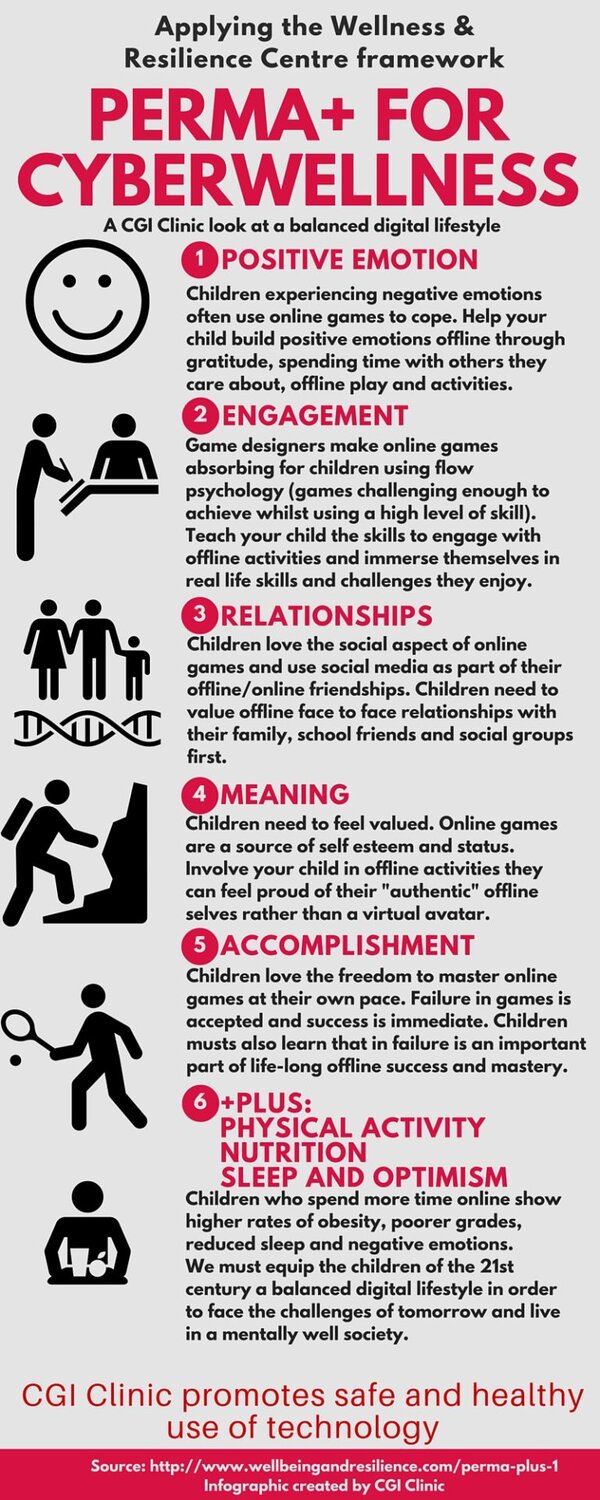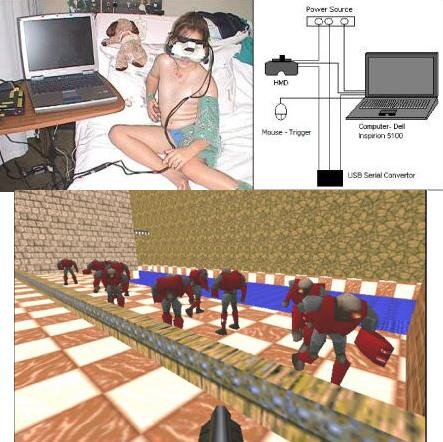
Dr Le
Articles
"An epidemic is the rapid spread of infectious disease to a large number of people in a given population within a short period of time, usually two weeks or less."
Could Virtual Reality (VR) bring about the next "Technology Epidemic"? Headset technology in itself is not a disease anymore than air or blood is a disease (but they can carry air borne or blood borne diseases). However, past introductions of new technology have brought upon spikes of injuries and health hazards, subsequently creating new cautions and warnings of side effects.
Earlier this year I had the opportunity to try the Samsung VR Headset for the first time. It was a freakishly immersive and scary experience.
More recently, I tried Sir David Attenborough's VR Experience at Australia Museum and this warning sign struck me. Before we entered the theater, there was a sign warning patrons, that by entering, they agree to assume the risks involved in participating in the VR experience including the following.
- "Serious Personal Injury"
- "Psychiatric Injury"
- "Death"

I was not completely surprised nor deterred. It did explain why the VR experience itself was underwhelming. I was expecting a full length feature documentary. All that was delivered for AUD$15 was a 10-15minute movie (5 mins were introductory instructions alone). I suspect that as an introduction to VR technology, the experience was purposefully cut short to prevent injury/seizures that would harm the VR image, before its release to the masses.
Although the VR hero headset, the Oculus Rift (which was acquired by Facebook for a cool $2 billion), was released this year, it is unlikely to be delivered to Australia until later this year.
So what can we take away from this? The following VR safety tips are
recommended by the CGI Clinic team:

This discussion leads on to the broader idea of Internet technology not only having benefits for society but also health and safety concerns. Early medical studies conducted at the Women's and Children's Hospital Adelaide and The University of South Australia using VR technology found that children with burn injuries had less pain whilst playing a virtual reality game.

VR study conducted at WCH Adelaide in 2005 On the other hand, we must address the potential negative effects of this technology, such as addictive behaviours in teenagers (which have been researched by the Australian Department of Health). In Australia, we have a huge opportunity to develop the technology of the future, however there is a major gap in research and clinical services to help those suffering from addictive side effects in the community.
Sources:
https://en.wikipedia.org/wiki/Epidemic
http://edition.cnn.com/WORLD/9712/17/video.seizures.update/
http://www.telegraph.co.uk/technology/3854172/Doctors-fear-a-Wii-knee-epidemic.html
http://www.health.gov.au/internet/main/publishing.nsf/Content/mental-pubs-m-child2
http://bmcpediatr.biomedcentral.com/articles/10.1186/1471-2431-5-1




